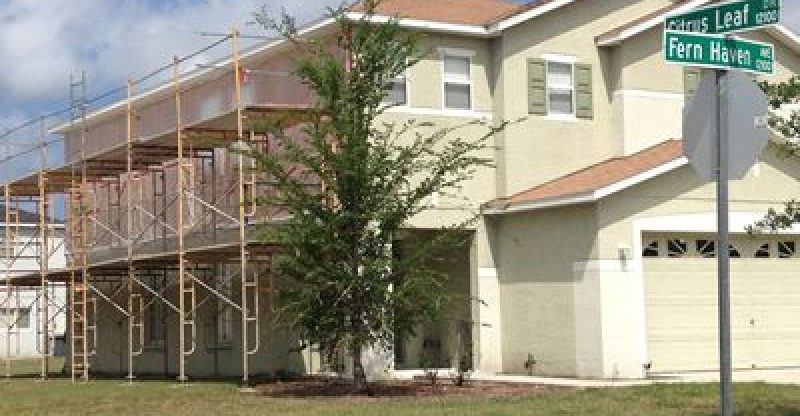Majority Homeowners in Toronto Having Housing Issues to Suit their Needs
A new report last Tuesday by the Canadian center for Economic Analysis found that homeowners in Toronto are having trouble finding the housing needs of their choice.
The report, which shows that 70 per cent of residents in The Toronto province are either finding their houses too big for them or too little space for their needs affecting their “shelter consumption affordability ratio” as the organization roughly described it.
According to the research, 50 per cent of Ontario’s homeowners are occupied by baby boomers with so much unused spaced and 20 per cent households with small space. About five million unused space in Ontario was found by CANCEA’s data.
Paul Smetanin, chief executive of the Canadian Center for Economic Analysis, stated, “unfortunately, these homeowners have limited options to move within the region if they want to downsize into appropriate housing”.
In comparison to other places like North America, London, Moscow etc. Toronto is really affordable in terms of price-to-income-ratios compared to cities like Melbourne, Berlin, and Boston.
“Given how the SCAR index is constructed, a relatively higher or growing SCAR index value is a sign that things are (or becoming) more unaffordable, unfortunately, SCAR index levels of Canada, Ontario, and The greater Toronto and Hamilton Area are the highest seen in the data.” Stated the report.
The report further stated that media-based-affordability has gone down to 40 per cent since the early 1980s and 15 per cent since 2000 in Ontario and the GTHA.
Home ownership rates in Toronto and Ottawa have gone up to 23 per cent in the past 35 years and 11 percent respectively. According to the groups study, amongst all 40 world class cities, Calgary came on top with the highest, Oslo second, Toronto third, Ottawa fourth and lastly Vancouver.
“Having a high ownership rate does not make a world class city though, in fact it appears to be quite the opposite, the correlation between ownership rates and ranking of livability is negative,” noted the report.
The only area not affected by all of these are the vacant properties which Toronto is currently aiming. The organization show an estimation of 1.5 per cent of properties or 85, 000 households are empty in Ontario down from 3 per cent in 2011.





